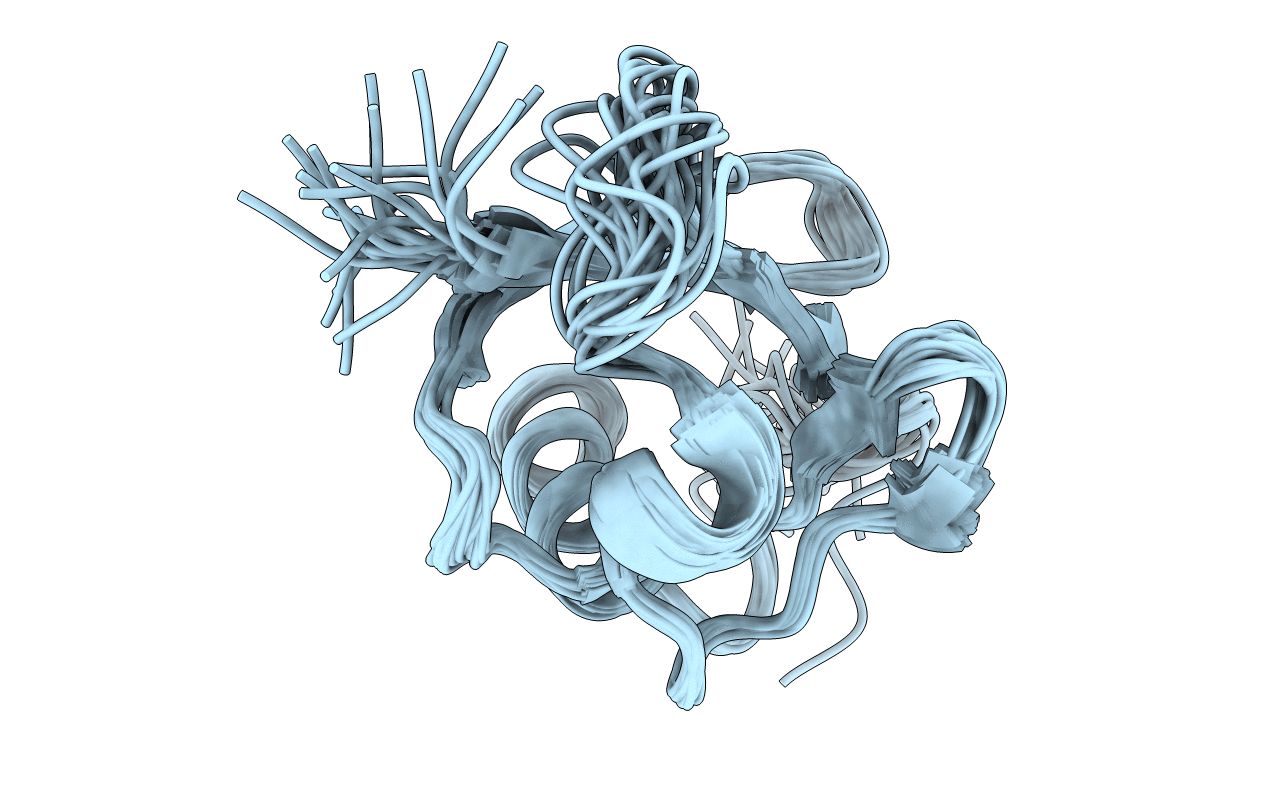
Deposition Date
2017-02-27
Release Date
2018-03-21
Last Version Date
2024-06-19
Entry Detail
PDB ID:
5N9V
Keywords:
Title:
NMR solution structure of ubl5 domain from polyubiquitin locus of T.thermophila.
Biological Source:
Source Organism:
Tetrahymena thermophila (Taxon ID: 312017)
Host Organism:
Method Details:
Experimental Method:
Conformers Calculated:
200
Conformers Submitted:
20
Selection Criteria:
structures with the lowest energy


